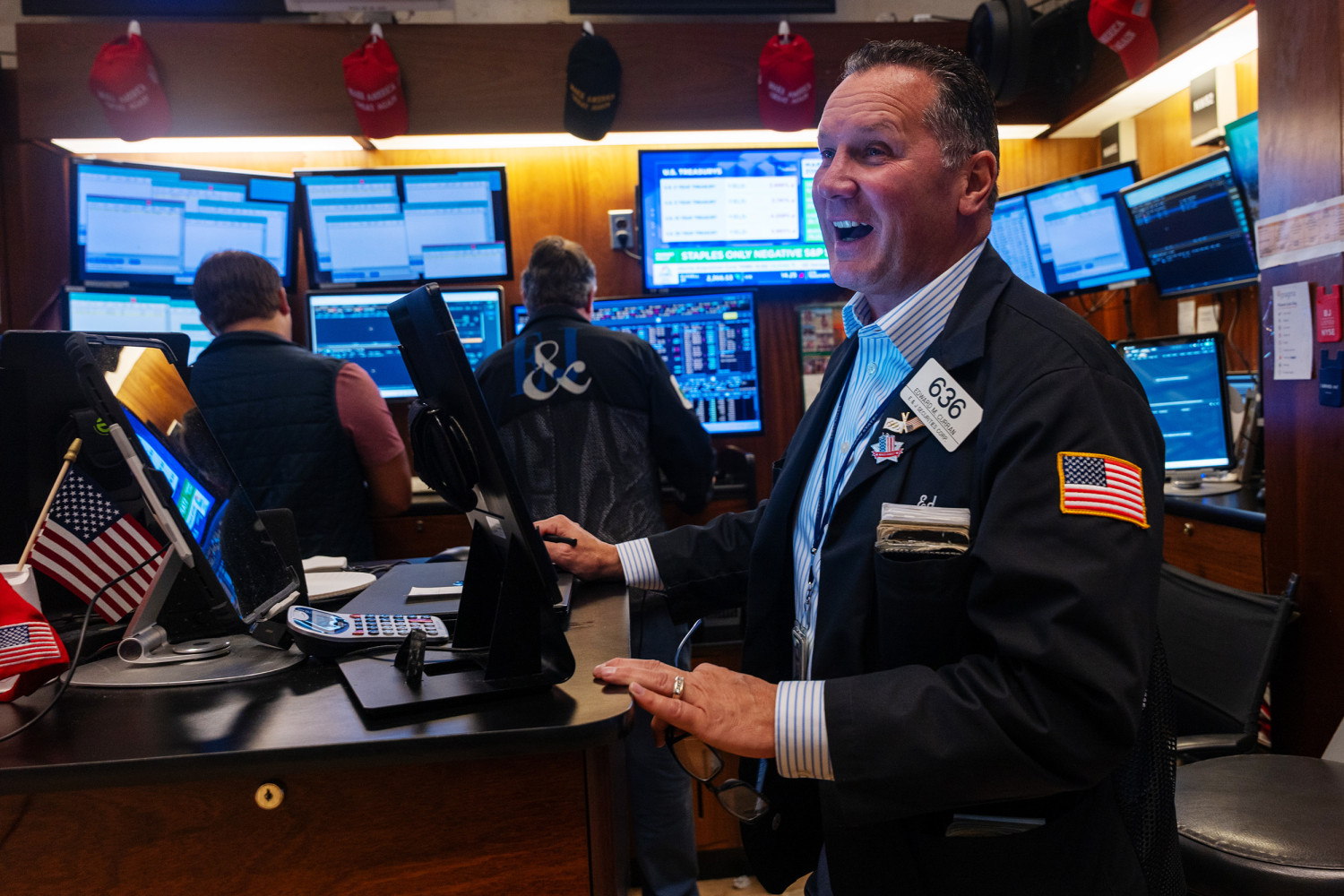El panorama del comercio mundial ha entrado en otra fase turbulenta, mientras que Beijing ha criticado con dureza la reciente decisión de Washington de imponer altos aranceles a los productos que provienen de India. Esta medida, que establece un arancel del 50 por ciento sobre una variedad de exportaciones indias hacia los Estados Unidos, ha generado un amplio debate sobre el proteccionismo, la estrategia económica y el futuro de las relaciones comerciales internacionales.
China’s condemnation of the policy came swiftly, framing the decision as an example of what it terms “bullying tactics” within the global economic system. According to Chinese officials, such measures undermine the principles of fair competition and threaten the stability of the international market. By targeting a significant trade partner like India, Beijing argues, the United States risks triggering a chain reaction that could further strain supply chains and damage emerging economies already facing inflationary pressures.
The imposition of tariffs on Indian goods is part of a broader U.S. effort to recalibrate trade relations in a world increasingly shaped by geopolitical rivalry and economic nationalism. American officials maintain that the decision aims to address concerns over trade imbalances, market access, and domestic industry protection. However, critics see it as another sign of a protectionist turn that could have far-reaching consequences for global commerce.
For India, this development presents a complex challenge. As one of the fastest-growing economies, the country has been working to position itself as a reliable manufacturing hub and a preferred alternative to China for global supply chains. The imposition of higher tariffs on its goods entering the U.S. market complicates this strategy, potentially reducing competitiveness in key sectors such as textiles, pharmaceuticals, and information technology services.
Economists warn that these tariffs could dampen export growth at a time when India is seeking to attract foreign investment and boost its global trade footprint. While the Indian government has yet to announce a formal response, analysts suggest that retaliatory measures or intensified negotiations could follow. The risk of escalating tensions into a full-scale trade dispute cannot be ruled out, especially if both sides fail to find common ground.
China’s outspoken disapproval of the U.S. decision goes beyond just supporting India; it highlights a more extensive criticism from Beijing regarding Washington’s trade strategies over recent years. Chinese officials contend that unilateral tariffs skew the globally governed trading system administered by entities like the World Trade Organization (WTO). According to Beijing, by circumventing multilateral systems in preference for direct economic influence, the United States weakens confidence among its trade partners and diminishes the collaborative ethos that has supported globalization for many years.
Furthermore, Chinese analysts point out that measures like these have ripple effects beyond the targeted countries. When tariffs rise, production costs increase, and global supply chains—already fragile due to pandemic disruptions and geopolitical tensions—become even more volatile. For developing economies, which rely heavily on export-driven growth, the consequences can be severe.
From the viewpoint of Washington, the increase in tariffs is intended to protect American companies from what is perceived as unfair competition. Authorities in the U.S. assert that products from India have gained advantages due to market situations that place American producers at a disadvantage, such as reduced labor expenses and some government-supported incentives. They claim that higher tariffs help level the playing field, enabling local industries to prosper.
This justification aligns with a broader trend in U.S. economic policy, where tariffs and trade restrictions are increasingly used as tools to pursue both economic and strategic objectives. Recent years have seen similar measures applied to Chinese goods, reflecting concerns over intellectual property, national security, and trade deficits. Extending this approach to India suggests that Washington is prepared to apply consistent pressure on all major trading partners to achieve its goals.
The disputes over these tariffs bring back old discussions regarding the stability of the global trade system. Entities such as the WTO were created to handle these conflicts and guarantee that trade regulations are uniformly enforced among countries. Nonetheless, when significant economies choose to act alone, the trust in these organizations is challenged.
Experts caution that if major economies persist in applying tariffs beyond agreed protocols, smaller countries might emulate this behavior, resulting in the breakdown of international trade. This situation would raise expenses for both businesses and consumers and obstruct initiatives aimed at recovering economically after the recent worldwide crises.
Para India, la situación es especialmente delicada. Por un lado, el país aprecia su relación económica en crecimiento con Estados Unidos, que se ha convertido en un socio clave en comercio, tecnología y defensa. Por otro, Nueva Delhi tiene cuidado de no parecer demasiado dependiente de un solo socio, especialmente mientras busca mantener su autonomía en una era de intensificación de rivalidades geopolíticas.
India’s policymakers now face difficult choices. Should they engage in reciprocal tariffs, risking further escalation, or seek a negotiated settlement to preserve access to the lucrative U.S. market? The answer may depend on how both countries frame their long-term economic priorities and whether diplomatic dialogue can prevent a trade conflict from spiraling out of control.
This dispute cannot be viewed in isolation. It occurs against the backdrop of a shifting global order in which economic power is increasingly tied to strategic influence. Washington’s trade posture reflects its broader effort to strengthen domestic resilience while limiting the economic leverage of rising powers. Meanwhile, Beijing’s response highlights its ambition to position itself as a defender of multilateralism and a champion of developing nations’ interests.
For India, the path forward may involve deepening trade ties with other partners, accelerating free trade agreements, and boosting domestic competitiveness to offset the impact of tariffs. At the same time, maintaining a delicate balance between the U.S. and China will remain a central challenge in its foreign policy calculus.
Beyond diplomatic statements and policy debates, these tariffs will have tangible consequences for businesses and consumers. Indian exporters, particularly small and medium enterprises, face the immediate challenge of absorbing higher costs or passing them on to buyers—options that could erode market share. American importers, meanwhile, may encounter supply disruptions and rising prices, ultimately affecting consumers.
Global corporations that depend on Indian supply chains might also face increased operational expenses, leading them to reconsider their sourcing plans. These changes, although slowly implemented, could alter trade patterns, affecting aspects ranging from consumer prices to employment generation across various nations.
In the upcoming months, it will become clear if this disagreement intensifies or transitions into a dialogue. A significant factor will be the readiness of both Washington and New Delhi to participate positively and the capability of global organizations to mediate successfully. The role of Beijing introduces additional complexity, as China aims to use its critique of U.S. policies to bolster its portrayal of upholding international justice.
As the world watches, one thing is clear: the era of predictable trade relations is over. Tariffs, countermeasures, and strategic alliances are now central to the economic playbook of major powers. For businesses and policymakers alike, adaptability will be key to navigating an environment where economic decisions are inseparable from geopolitical considerations.



